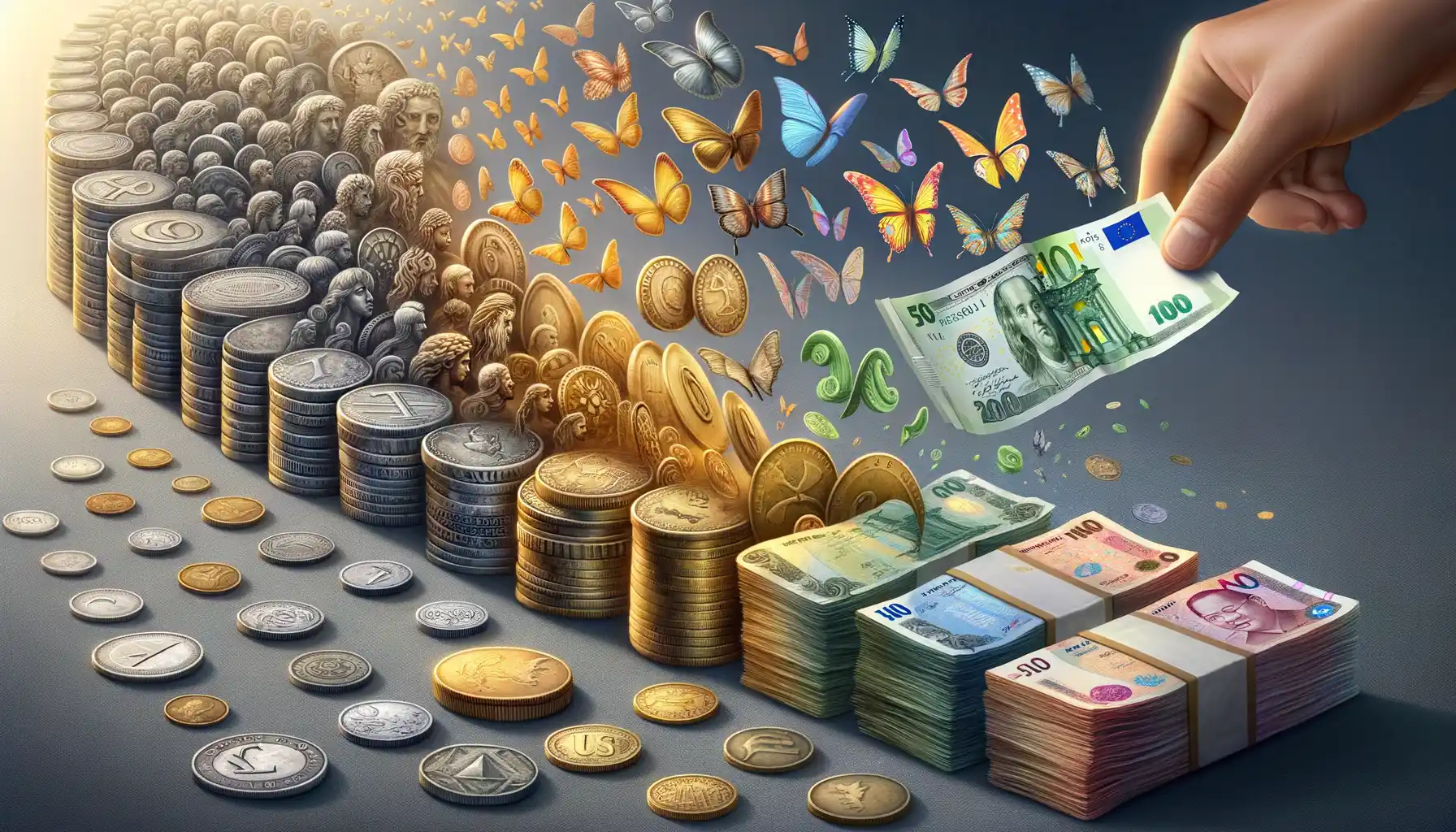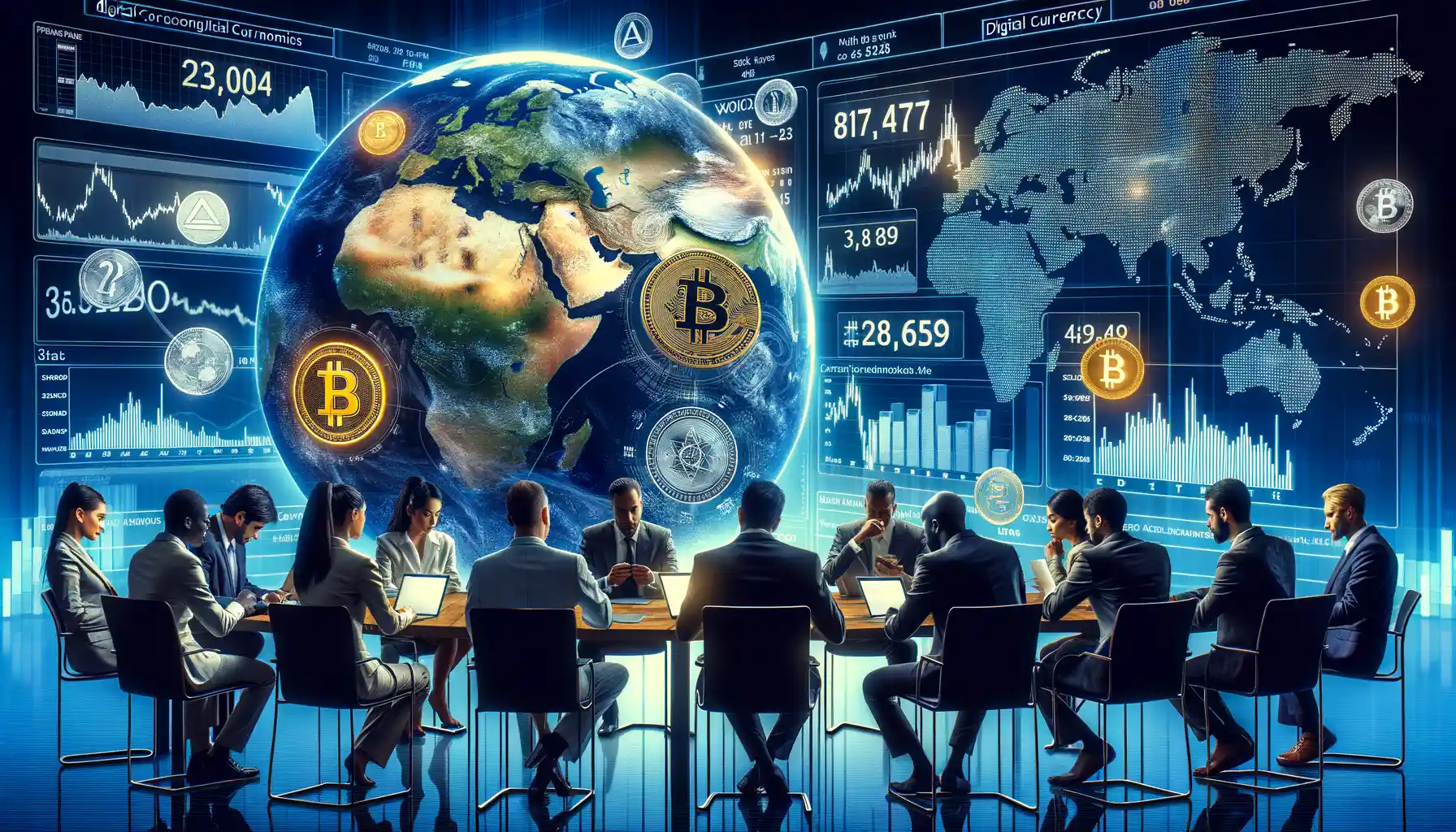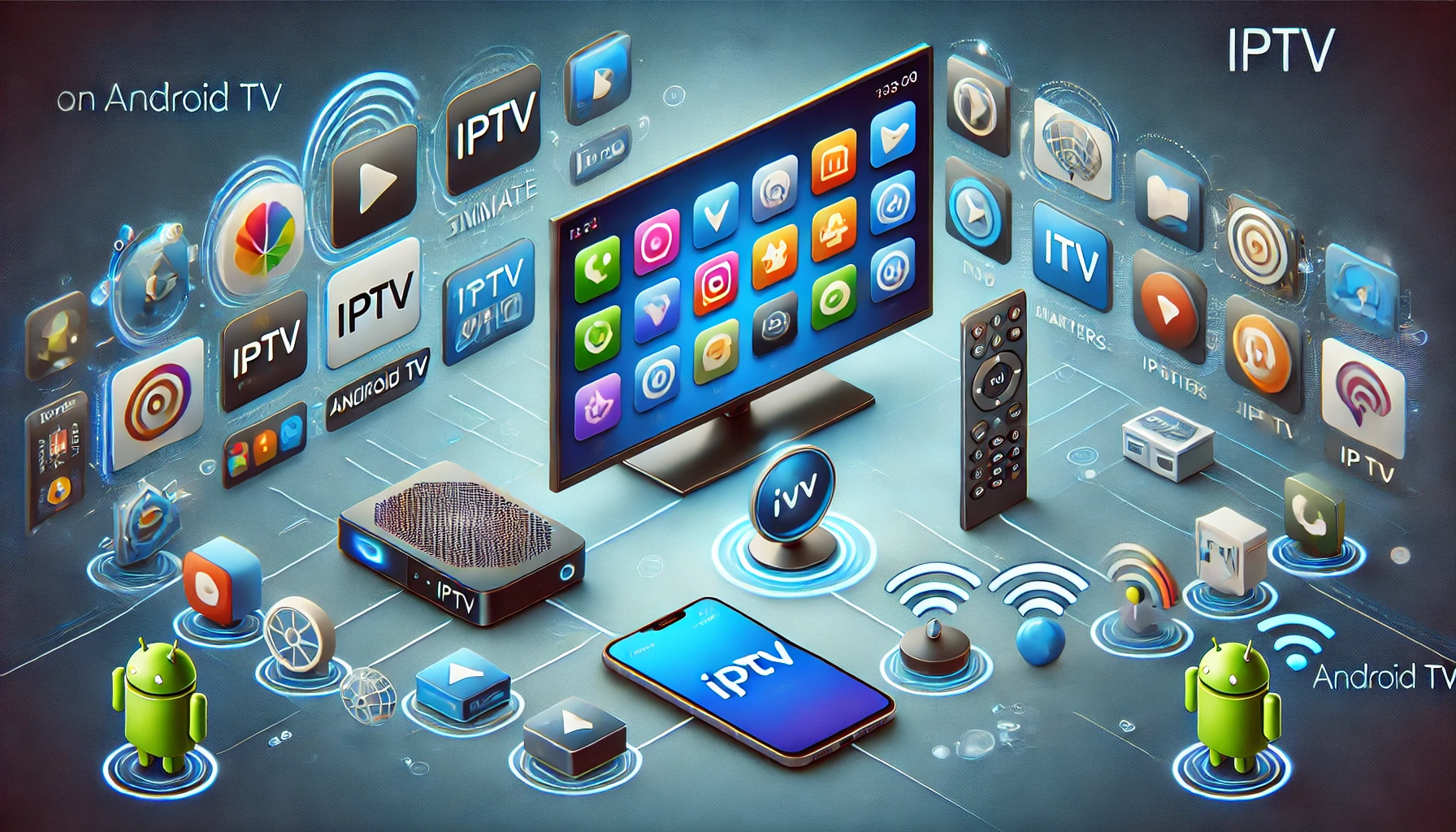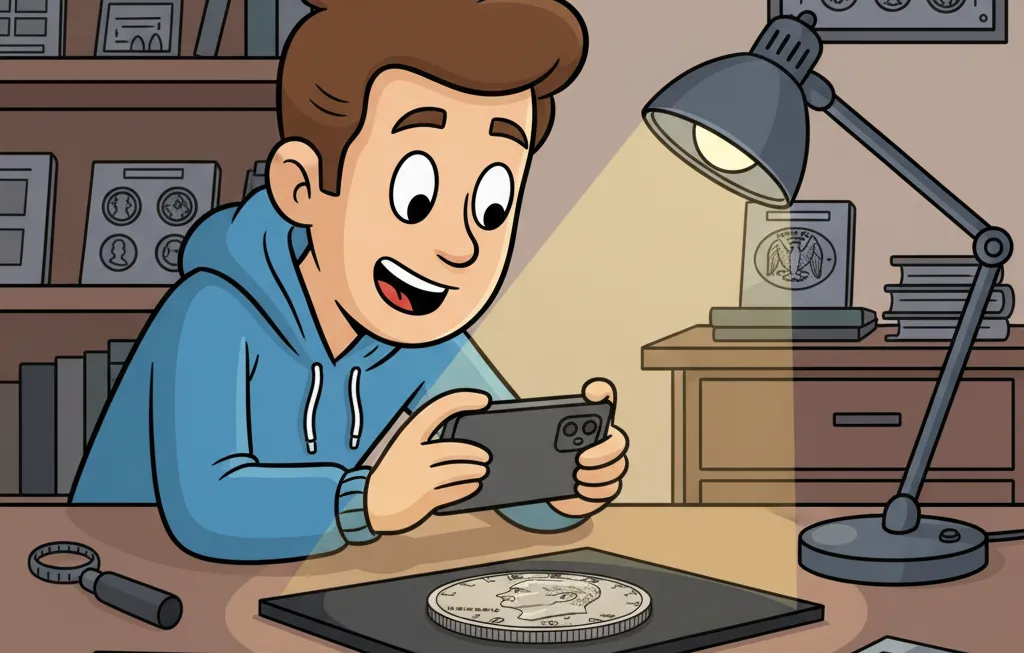Historical Overview of Currency Evolution
The Dawn of Currency: From Bartering to Metal Coins
Imagine a world where your morning coffee costs three chickens. That’s how it all began—through barter systems. Early civilizations traded goods directly, and while this system had its charm, carrying goats to pay for bread wasn’t exactly convenient. Enter the ingenious leap: metal coins.
Around 600 BCE in ancient Lydia (modern-day Turkey), the first official coins were minted. Made of a gold-silver alloy called electrum, these coins revolutionized trade, offering a standard that both buyer and seller trusted. Coins soon became more than just a practical tool; they symbolized power and prestige. When a Roman soldier handed over his well-earned denarius, he didn’t just pay—he represented the empire’s might.
- The Chinese shaped their coins as circles with square holes—practical for stringing together during travel.
- Greek coins often featured magnificent art, like Athena’s owl, blending commerce with culture.
Over time, each coin carried a story: who minted it, whose face adorned it, what civilization thrived behind its creation. Coins paved the way for a shared economic language—a stepping stone toward the global currencies we know today.
The Transition from Coins to Paper Money

Why Paper Over Metal?
Picture this: it’s the 11th century in China, and people are lugging around heavy sacks of coins. Copper jingles in the markets, but carrying wealth feels like carrying a workout routine. Enter the revolutionary idea—why not trade something lighter? The Chinese introduced the world to paper money, or as they called it, “Jiaozi.” It was like swapping a clunky toolbox for a sleek wallet.
But it wasn’t just about weight. Coins had limits. What if your town simply didn’t have enough? Or worse, what if counterfeiters flooded the market? Paper money was the elegant solution. Governments took control, issued bills, and promised, “We’ve got your back—this piece of paper is worth its weight in gold.” Revolutionary, right?
When the concept spread to Europe in the 17th century, people were skeptical. Imagine handing over shiny silver just to get a fragile bit of parchment in return. But convenience won out, and soon, printed banknotes became symbols of trust and power.
- They freed economies from the physical constraints of metal.
- They made transactions faster, safer, and strangely personal.
Isn’t it incredible how a simple sheet transformed commerce forever?
The Rise of Digital and Electronic Payments

The Transformation from Wallets to Smartphones
Picture this: a bustling coffee shop, the aroma of freshly brewed espresso filling the air. Someone pays for their latte not with coins jingling in their pocket, but with a quick tap of their smartphone. That’s the world we live in today—where the idea of “cash” is often more pixels than paper.
The rise of digital and electronic payments has flipped our understanding of money completely on its head. Think about it: when was the last time you carried exact change? Probably feels like ancient history. Whether it’s scanning QR codes with apps like PayPal or Apple Pay or swiping your sleek contactless credit card, spending has become faster, lighter, and undeniably futuristic.
- Convenience redefined: No ATM runs, no fumbling with bills.
- Speed at the checkout: One tap and voilà—done!
- Global access: Send money across oceans with the push of a button.
These innovations aren’t just practical—they’ve reimagined how we *feel* about money. Transactions are no longer tactile; they’re seamless and, dare I say, almost magical.
From Email to E-Money
Remember the thrill of sending your first email? Fast-forward, and that same ease exists for shifting funds digitally. Peer-to-peer payment apps like Venmo and Cash App have turned splitting dinner bills into a lighthearted exchange of emojis and notifications.
Even businesses have embraced the shift, offering loyalty systems through apps and virtual wallets. It’s not uncommon to pay for your groceries, coffee, or even a taxi ride without ever reaching for your physical wallet. If anything, your trusty leather billfold might start feeling left out!
As digital payments weave themselves into every corner of our lives, they prove one thing: money isn’t just evolving—it’s sprinting toward a tech-powered future.
Cryptocurrency and the Future of Money

The Dawn of Decentralized Wealth
Step aside cash and credit cards—cryptocurrency has arrived, and it’s turning the financial world on its head. Imagine a future without borders, where money moves at the speed of light without middlemen taking a hefty slice. That’s the promise of blockchain technology, the beating heart of digital currencies like Bitcoin and Ethereum.
Instead of trusting a central bank or institution, cryptocurrency shifts the power to you. Think about it: no more waiting days for international transfers or paying outrageous fees. Whether you’re in New York or Nairobi, transactions become as seamless as sending an email.
But it’s more than speed and cost—it’s about freedom. Decentralization means no single entity controls your wealth. It’s finance for the people, by the people. The blockchain ledger keeps everything transparent, so there’s no shady business behind velvet curtains.
- Smart contracts: Agreements enforced automatically, saving time and avoiding legal grey areas.
- Tokenization: Real-world assets like art or real estate turned into digital tokens you can own or trade.
Cryptocurrency isn’t just money—it’s a movement. Are you ready to join?
From Speculation to Everyday Transactions
At first, the crypto world felt like the Wild West—a place for tech savants and adventurous investors. But times are changing. Businesses like Tesla, PayPal, and even some local coffee shops now accept digital currencies. What seemed like science fiction just a decade ago is slowly becoming mainstream.
Picture this: instead of fumbling for cash at a farmers’ market, you whip out your phone and scan a QR code to pay with Litecoin. Or imagine governments issuing their own Central Bank Digital Currencies (CBDCs) to combat inflation and modernize economies.
Yes, volatility still makes headlines. But remember the early days of the internet? Doubts and growing pains eventually led to a revolution. Cryptocurrency might just be forging a similar path, swapping out wallets stuffed with receipts for sleek digital apps.
The question isn’t if crypto will shape the future—it’s how far it’ll go. The possibilities are dazzlingly endless.
Implications of Digital Currency on Society and Global Economy

How Digital Currency Reshapes Everyday Life
Picture this: your morning coffee, booked vacation, and even your last medical bill paid—not in cash or card, but with a few taps of your phone using digital currency. This isn’t just convenience; it’s a seismic shift. For one, physical wallets are becoming relics of the past, replaced by apps and encrypted keys.
But it’s not only about ease. Digital currencies bridge gaps in societies where banks feel like distant, unreachably tall towers. In countries like Nigeria or El Salvador, where access to banking has been historically limited, cryptocurrency adoption has empowered millions, lighting a spark of inclusion in economies once running on fumes of inequality.
- Think freelancers getting paid worldwide—instantly, without sleepless nights over conversion fees.
- Or families sending remittances directly home, bypassing middlemen altogether.
The Ripple Effect on Economics
Governments and global markets, though? They’re scrambling to adapt. Central banks now toy with the idea of their own digital currencies—CBDCs—to balance control and innovation. But let’s not forget the double-edged sword here: decentralized cryptocurrencies also challenge economic stability. Imagine nations struggling to control inflation because people ditch traditional money altogether. The old-school financial rules feel… well, rewritten.
It’s thrilling. It’s unnerving. And it’s already shaping tomorrow’s economy.






